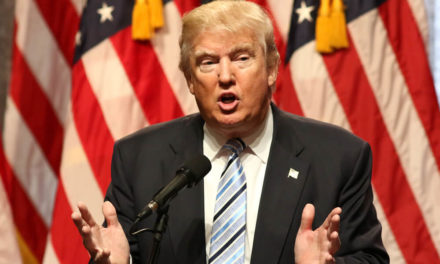Even with consumer and government spending on the rise, tariffs and a global slowdown pushed the U.S. economy downward in the second quarter, with the April-June GDP dipping to 2.1% following a 3.1% first-quarter gain.
The good news is growth didn’t slow as much as anticipated on Wall Street, which Dow Jones estimates projected would be 2%. However, it was the worst quarter of growth since Donald Trump took office. New data also showed the economy missed Trump’s goal of 3% growth in 2018, with the revised number dipping all the way to 2.5%.
The latest GDP reports come amid growing concerns that a global slowdown is starting to hurt the U.S. economy. Consumer spending, which accounts for 70% of economic activity, was up 4.3%. Government spending also rose to 5%, propelled by a 15.9% surge in federal nondefense expenditures, providing a boost. But manufacturing growth has slowed and the housing market continues to be a soft spot.
Spending strength was offset by a larger trade deficit and slower business inventory rebuilding, which knocked a full 1.5% off the GDP.
Economists say a slowdown could last the rest of the year as the economy sags further due to weakness overseas and the never-ending trade fight between the world’s two largest economies, China and the U.S.
The latest economic report comes as the Federal Reserve appears primed to lower interest rates by a quarter point next week to help combat the slowdown. The rate is currently between 2.25% and 2.5%. Markets are pricing in a 100% chance for a cut, and about a 56% chance of two more cuts before the end of the year, according to CNBC.
The Fed’s preferred underlying measure for inflation, the personal consumption expenditures price index, excluding food and energy, ticked up to 1.8%, very close to the central bank’s 2% objective.
The current economic expansion remains the longest on record. Though, the tailwind from the Tax Cuts and Jobs Act has slowed, along with global growth. A stronger dollar and yet more tariffs also are making it more difficult and less profitable for other countries to do business with the United States.




